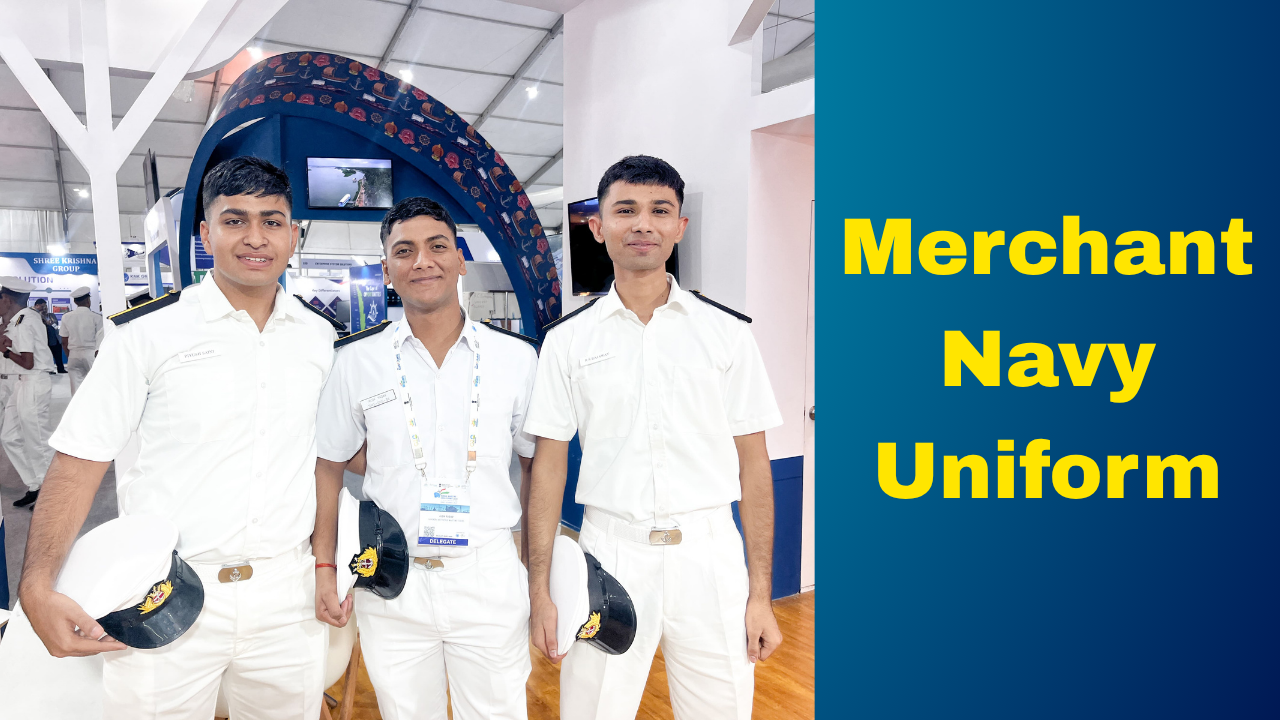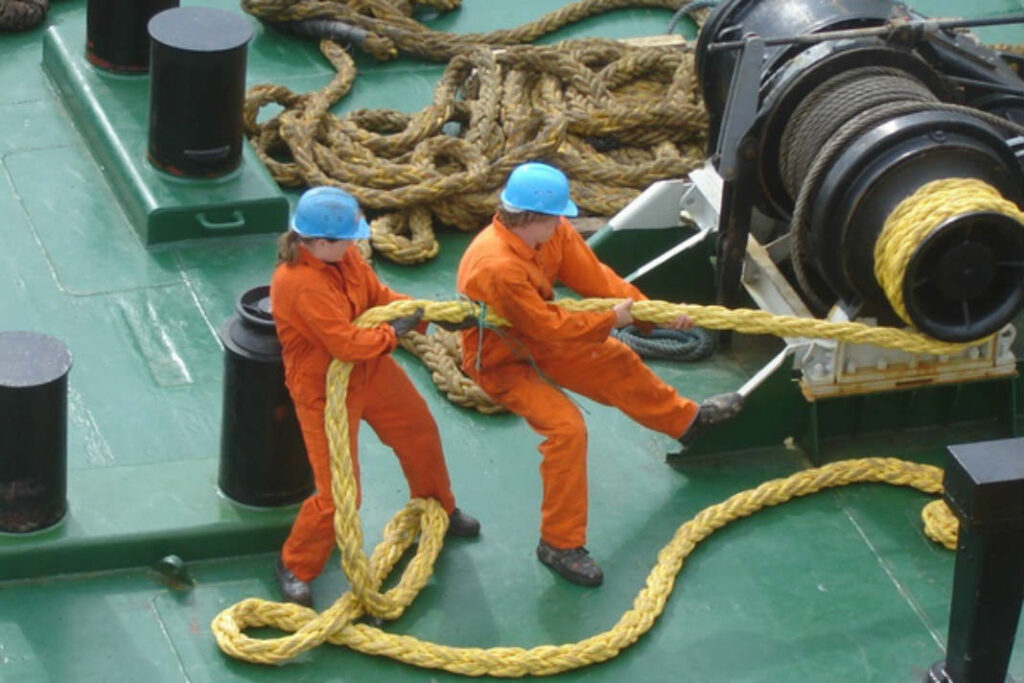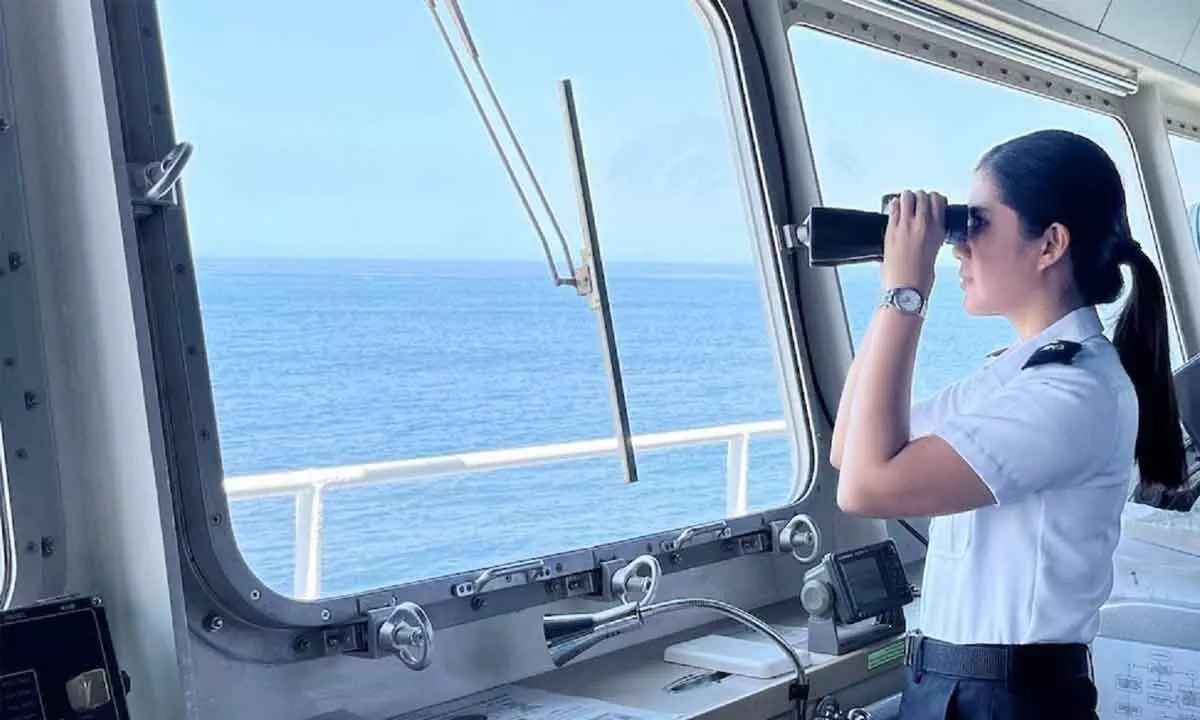
The merchant navy uniform is more than just attire; it symbolizes authority, discipline, and professionalism at sea. Each element, from the stripes on the epaulets to the color of the uniform, denotes a seafarer’s rank and role aboard the vessel. Understanding the nuances of the merchant navy uniform is essential for those aspiring to a maritime career, as it reflects one’s journey and achievements in the industry.
At Skills Station by Amrinder Singh, we emphasize the importance of every aspect of maritime training, including the significance of the merchant navy uniform. Our comprehensive programs ensure that cadets not only grasp the technicalities of their roles but also the traditions and symbols that come with them.
Roles and Appearance of a Merchant Navy Officer
A merchant navy officer’s uniform reflects authority, expertise, and the chain of command aboard the vessel. The color, cut, and insignia on the merchant navy uniform indicate the officer’s specific role, from navigation to cargo management or engineering duties. The formal presentation is key to upholding discipline and mutual respect onboard.
This uniform not only distinguishes the officer’s rank but also promotes unity and professional integrity. Each element, including the number of stripes or badges, is earned through experience and certifications, reinforcing the officer’s leadership position and credibility within the crew.
Duties and Uniform of a Deck Cadet
The merchant navy uniform for deck cadets is designed to reflect their trainee status while maintaining a professional maritime appearance. Although simpler than the uniforms of senior officers, it includes key features such as a name tag and shoulder insignia that clearly indicate their position as apprentices. This uniform represents their commitment to learning the ropes while working under the supervision of experienced officers.
The duties of a deck cadet are diverse and foundational, involving tasks like assisting in navigation, conducting cargo inspections, and familiarizing themselves with ship operations. These responsibilities are carried out under strict guidance to ensure safety and learning effectiveness. Wearing their uniform with pride, deck cadets embody the early stages of a merchant navy career, preparing themselves to take on greater roles and challenges in the future.

Merchant Navy Ranks and Uniform Insignia
The merchant navy uniform incorporates a structured system of insignia that clearly denotes each crew member’s rank and authority onboard. This hierarchy is most visibly represented through the stripes on shoulder epaulets—starting with one stripe for cadets, two or three for junior officers, and four stripes for the captain. These insignia not only signify rank but also reflect the individual’s experience, responsibilities, and successful completion of required certifications.
Recognizing the importance of Merchant Navy Ranks and Merchant Navy Uniform Insignia is essential for maintaining order and discipline at sea. The visual cues provided by these insignia facilitate effective communication among crew members and help enforce the chain of command. This clarity is especially vital during emergencies or complex operations, where quick decision-making and clear authority can save lives and ensure smooth functioning.
Engine Room Ratings and Their Uniform Roles
Women Seafarers Representing the Uniform with Pride
Conclusion
The merchant navy uniform is more than just attire—it’s a symbol of pride, professionalism, and progression at sea. Each element of the uniform, from the epaulets to the badges, carries meaning and reflects a mariner’s experience, responsibility, and dedication to their role on board. For cadets, officers, and engine crew alike, this uniform fosters unity and helps maintain the high standards expected in maritime service.
At Skills Station by Amrinder Singh, we instill this sense of pride and discipline from the beginning, preparing aspirants to wear their uniforms with confidence and purpose. Recognized as the best merchant navy coaching in Dehradun, our academy provides structured training that not only builds technical skills but also shapes the professional identity every seafarer must uphold throughout their career.

